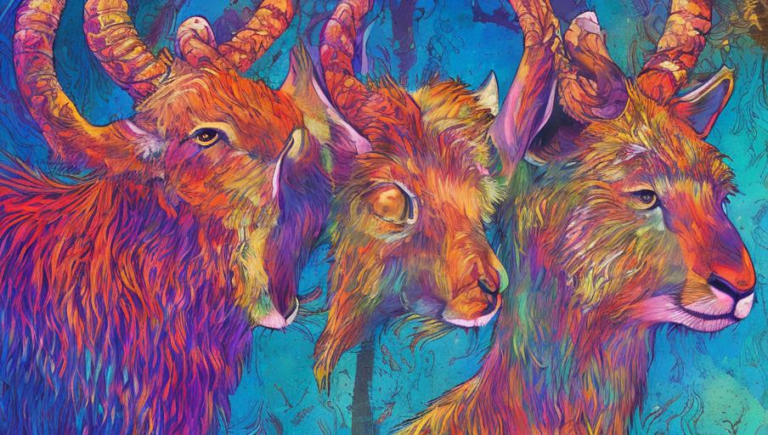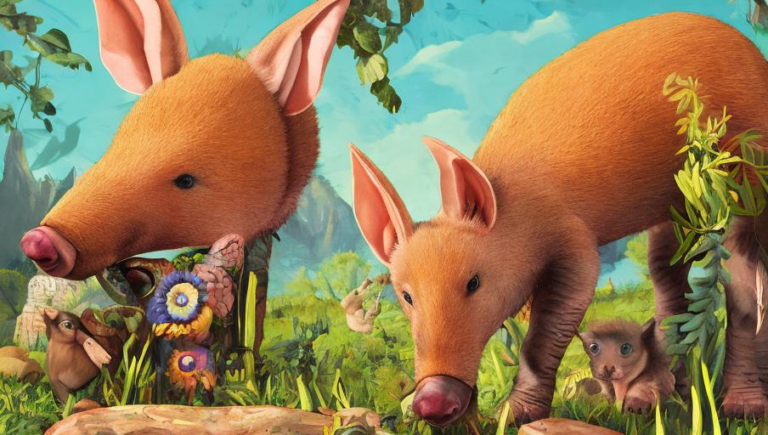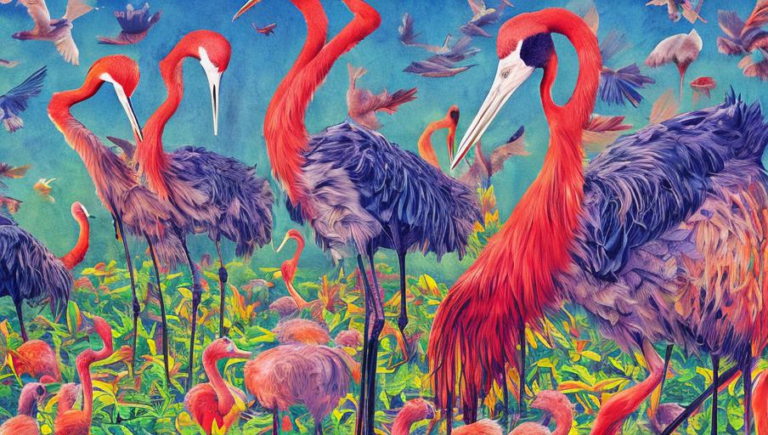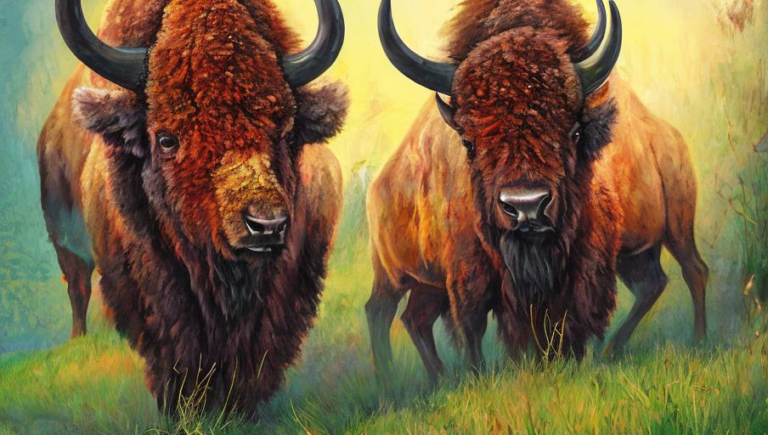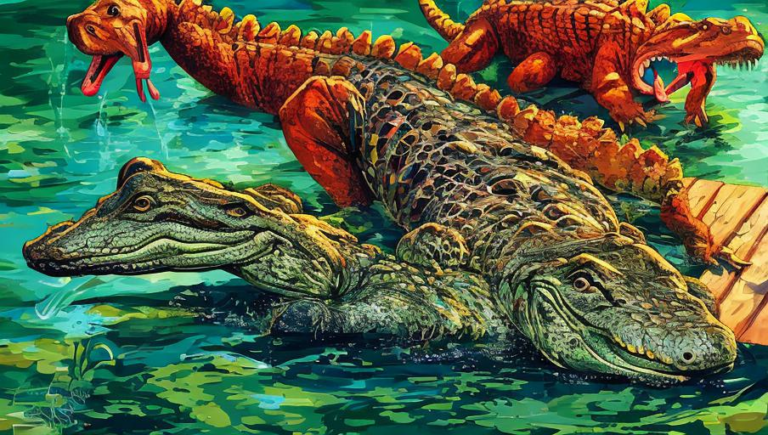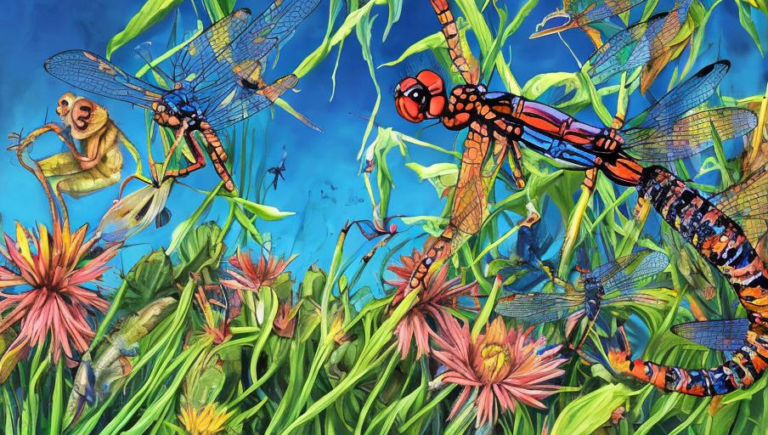Nomadic Nature of the Cassowary
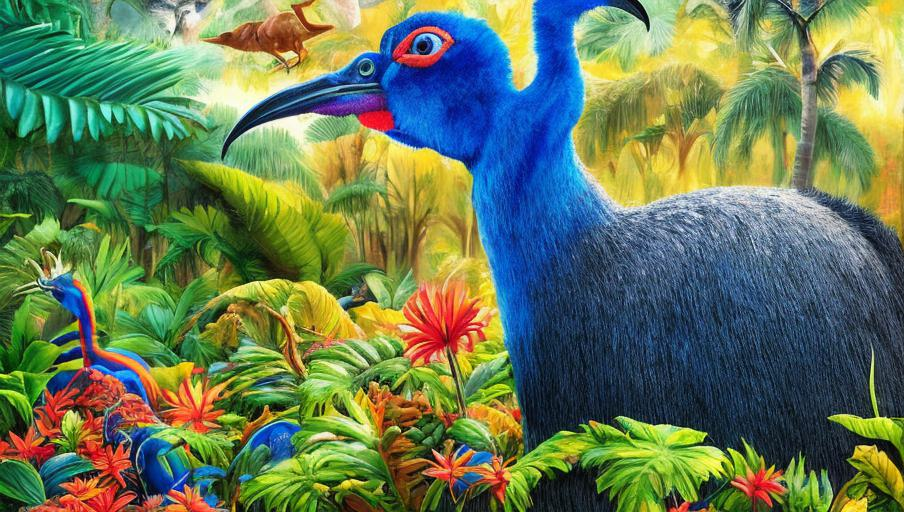
The Cassowary’s Nomadic Nature
The cassowary is one of the most iconic creatures found in the tropical forests of Australia and New Guinea. These flightless birds are the second heaviest bird species in the world, and are well known for their bright blue and red heads and necks. They are also known for their nomadic nature, as they wander from place to place in search of food and shelter.
Cassowaries are able to survive in a variety of habitats, including rainforests, woodlands, wetlands, and even savannahs. They are particularly attracted to areas where there is a variety of food sources and plenty of shelter. As they travel, they are able to take advantage of seasonal changes in food availability, and they are also able to find more permanent shelter during the wet season.
Cassowaries are mostly solitary animals and they do not migrate in groups, but rather move in individual patterns. They can often be seen walking along the edges of forests, where they are able to hunt for food, or in open areas where they can feed on fruits and nuts. They are also able to fly short distances in order to reach new food sources or better shelter.
Diet and Foraging Habits
The cassowary is a primarily herbivorous animal, with a diet that consists of fruits, leaves, flowers, and other plant materials. They are also known to eat insects, small mammals, and reptiles. They are able to forage efficiently by using their long, sharp claws to dig for roots, berries, and other food sources, and they have also been known to eat carrion when available.
Cassowaries are also able to use their sense of smell to locate food sources, and they are able to detect ripe fruits from long distances. They are also able to identify ripening fruits by their smell and taste.
Conservation and Protection
Due to the cassowary’s nomadic nature and the fact that their habitats are rapidly being destroyed, their numbers are decreasing. They are listed as vulnerable by the International Union for Conservation of Nature, and their populations are declining due to a variety of threats, including habitat destruction, hunting, and climate change.
It is important to protect the habitats of the cassowary in order to ensure their survival. Efforts should be taken to reduce hunting and to create protected areas in order to allow them to safely roam and find food. Additionally, the planting of native species of plants can help to provide a food source for the cassowary and other wildlife.
The cassowary is a fascinating creature and is an important part of the ecosystem. By protecting their habitats and ensuring that they have access to food sources, we can help to ensure that these nomadic creatures are able to continue to roam and thrive.
